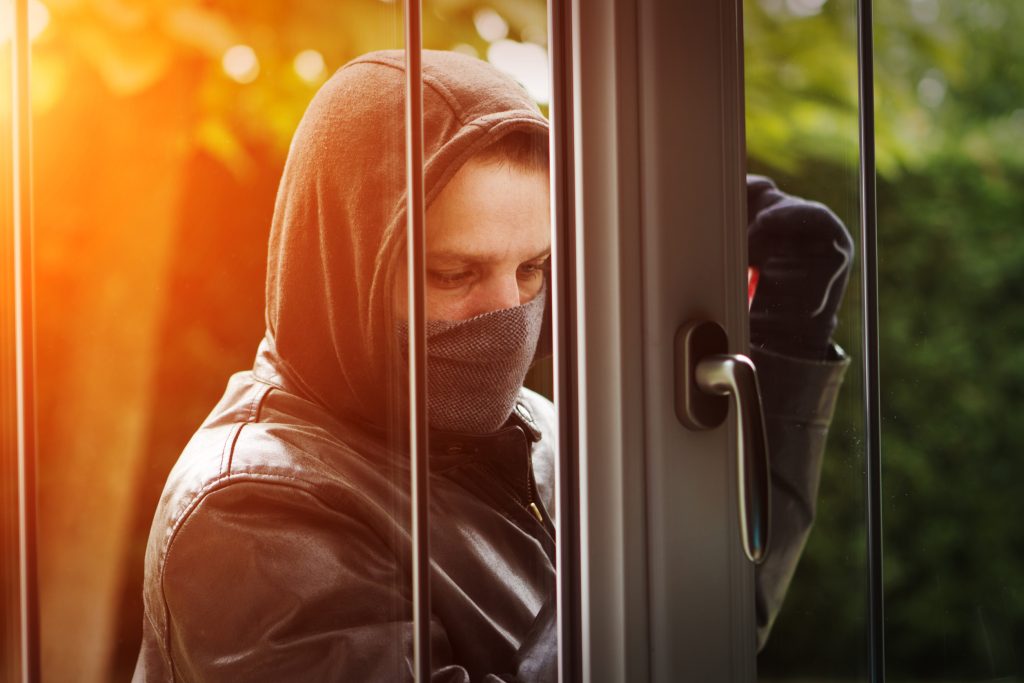
We all have our little routines. That morning coffee run at 8:15 a.m. sharp. The Tuesday evening yoga class. These patterns feel comforting and efficient. However, they also paint a clear picture for anyone watching. Your predictability can become a vulnerability.
A consistent schedule tells strangers exactly when your house is empty. It’s an unintentional invitation for trouble. Fortunately, you can reclaim your privacy with a few simple tweaks. Discover how to disrupt these patterns and make your home a much harder target.
The Morning Coffee Run That Broadcasts Your Schedule
That daily trip to your favorite cafe feels harmless. But if you leave every single morning at the same time, you’re creating a predictable window of opportunity. Someone casing a neighborhood can easily spot this pattern after just a few days. They know precisely when the coast is clear.
The solution is simple: introduce small variations. Try leaving ten minutes earlier one day and fifteen minutes later the next. You could also work from home occasionally if your job allows. Even using a different route can make your movements harder to track. It’s about breaking the robotic consistency.
How Your Social Media Is an Open Invitation
Posting a selfie from the airport feels exciting. You want to share your vacation with friends and family. Unfortunately, you might be sharing it with criminals, too. Publicly broadcasting that you’re away from home is one of the biggest security mistakes you can make.
Instead of posting in real-time, wait until you get back. Share your beautiful beach photos once you’re safely home. This simple delay protects you without sacrificing the joy of sharing. Adjust your privacy settings so only trusted friends can see your location-based posts.
The Predictable Pattern of Your Deliveries and Trash Day
Do your Amazon packages sit on the porch for hours? Is your trash can be left on the curb a day after pickup? These are subtle clues that you aren’t home. A pile of packages or a lonely trash bin signals an empty house to anyone paying attention.
To combat this, schedule deliveries for when you know you’ll be home. Alternatively, you could use a secure drop box or an Amazon Locker. Ask a trusted neighbor to bring in your packages or roll your trash can back from the curb. These small favors significantly boost your home’s security.
Why a “Smart” Home Can Be Dumb About Security
Smart home devices offer amazing convenience. Yet, they can also reveal your habits. A smart light that turns on at 6 p.m. every day signals an automated, empty home. A Wi-Fi-enabled camera visible from the street can be hacked, giving thieves a direct view inside.
Secure your network with a strong, unique password. More importantly, use the “randomize” feature on smart lighting systems. This mimics human behavior far better than a fixed schedule. A little bit of digital caution goes a long way in protecting your physical space and showing that your home, even when your house is empty.
Reclaiming Your Privacy is Your Best Defense
You don’t need a fortress to feel secure. The goal is to be less predictable than your neighbors. By making small, inconsistent changes to your daily life, you disrupt a burglar’s planning. They thrive on certainty and will likely move on to an easier target.
Ultimately, awareness is your greatest tool. Thinking about how your actions look from the outside empowers you to take back control. Protecting your home begins long before someone steps on your property; it starts with the subtle story your routine tells the world.
What’s one small change you can make to your routine this week? Share your ideas in the comments below.
What to Read Next…
- 6 Hidden Dangers in Your Daily Routine That Are Putting You at Risk
- 6 Steps to Create a Peaceful Morning Routine
- 10 Ways Your Routine Is Telling Thieves Exactly When to Strike
- 6 Innocent Household Items Burglars Always Look For First (And Why You Should Hide Them)
- 10 Safety Tricks Burglars Don’t Want You to Know
The post Your Daily Routine Might Be Telling Strangers When Your House Is Empty — Here’s How to Stop It appeared first on Budget and the Bees.







